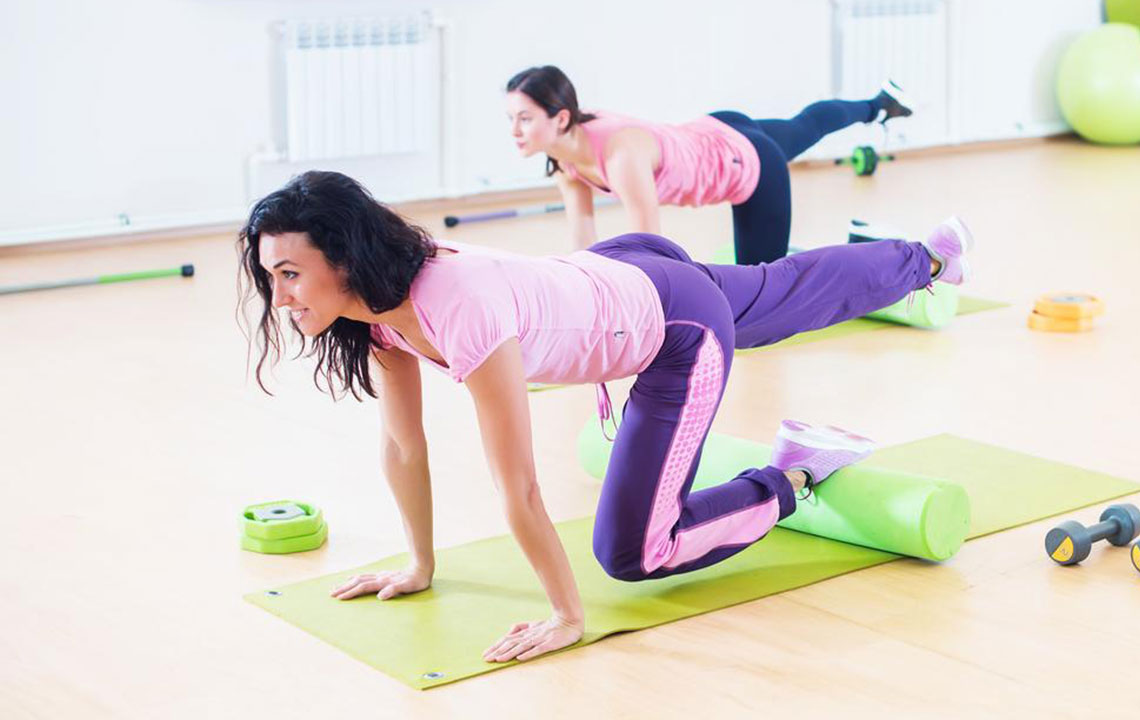Comprehensive Guide to Kegel Exercise Benefits and Techniques
Explore the benefits and techniques of Kegel exercises with insights on equipment like Elvie, aimed at strengthening pelvic floor muscles for better bladder and organ support. Learn how to perform exercises correctly and the factors affecting pelvic health.

Understanding Kegel Exercises
The pelvic floor muscles form a supportive hammock at the base of the pelvis, crucial for maintaining the position of pelvic organs. Weakness in these muscles can lead to issues such as incontinence and organ prolapse. Kegel exercises, often aided by specialized devices, strengthen these muscles, improving bladder and bowel control.
For women, factors like pregnancy, childbirth, obesity, and aging can weaken the pelvic floor. This weakening may cause pelvic organs to descend into the vaginal canal.
To begin, identify pelvic muscles by stopping urination midstream—avoid doing this frequently to prevent bladder issues. Empty your bladder before practicing exercises in a quiet environment. Incorrect technique may cause back or abdominal pain, so proper form is essential.
During exercises, ensure only the pelvic muscles are engaged; the abdomen, back, sides, and buttocks should remain relaxed. Marketed devices like Elvie offer advanced biofeedback, tracking muscle activity through sensors for optimal training. Elvie’s discreet design functions as a charger and adapts to individual anatomy with customizable covers. Though pricier, its specialized features make it a valuable tool for effective workouts.
Note:
This article provides general information on symptoms, treatments, and health conditions. It should not substitute professional medical advice. Always consult a licensed healthcare provider for diagnosis and treatment options.










